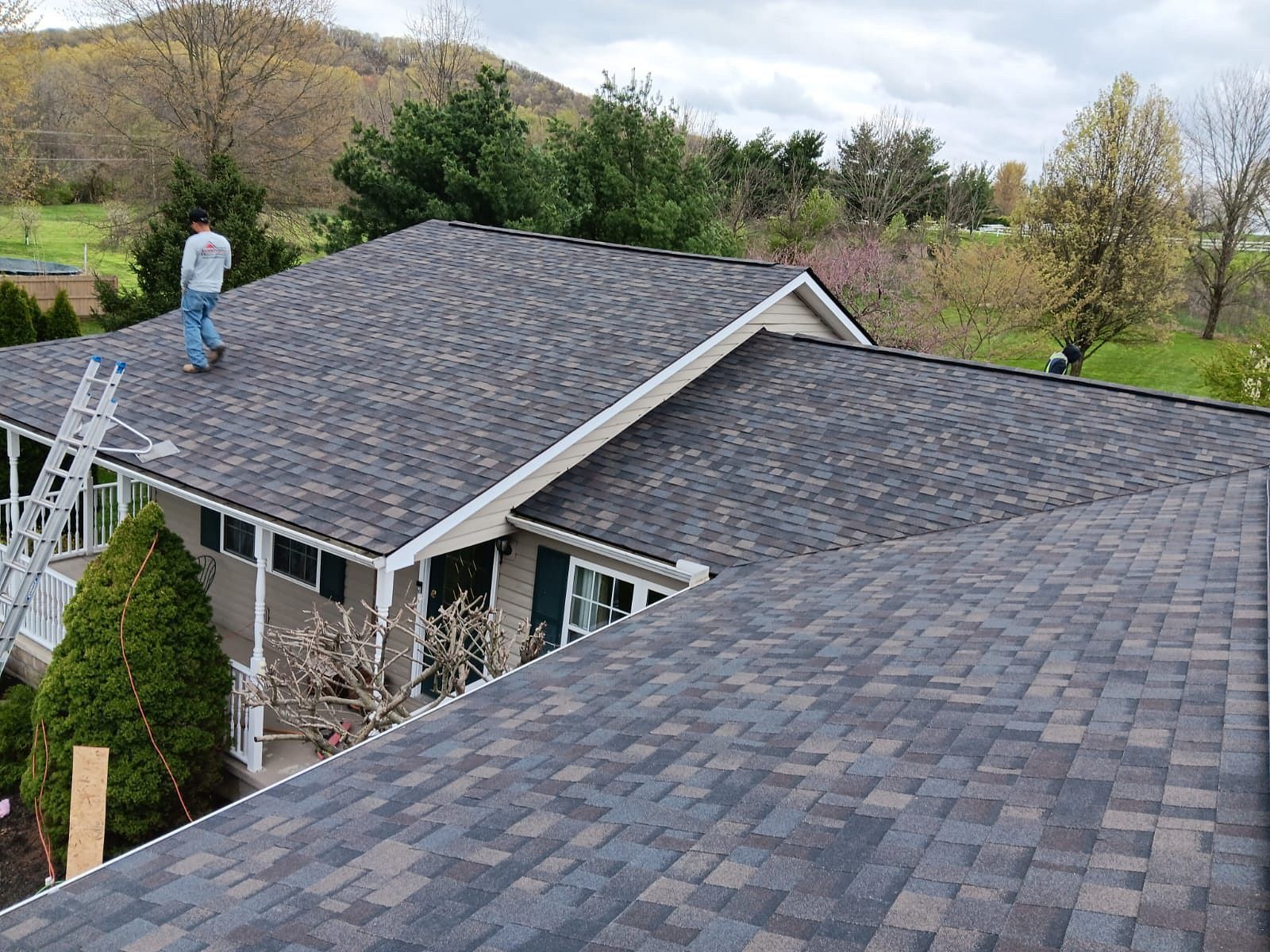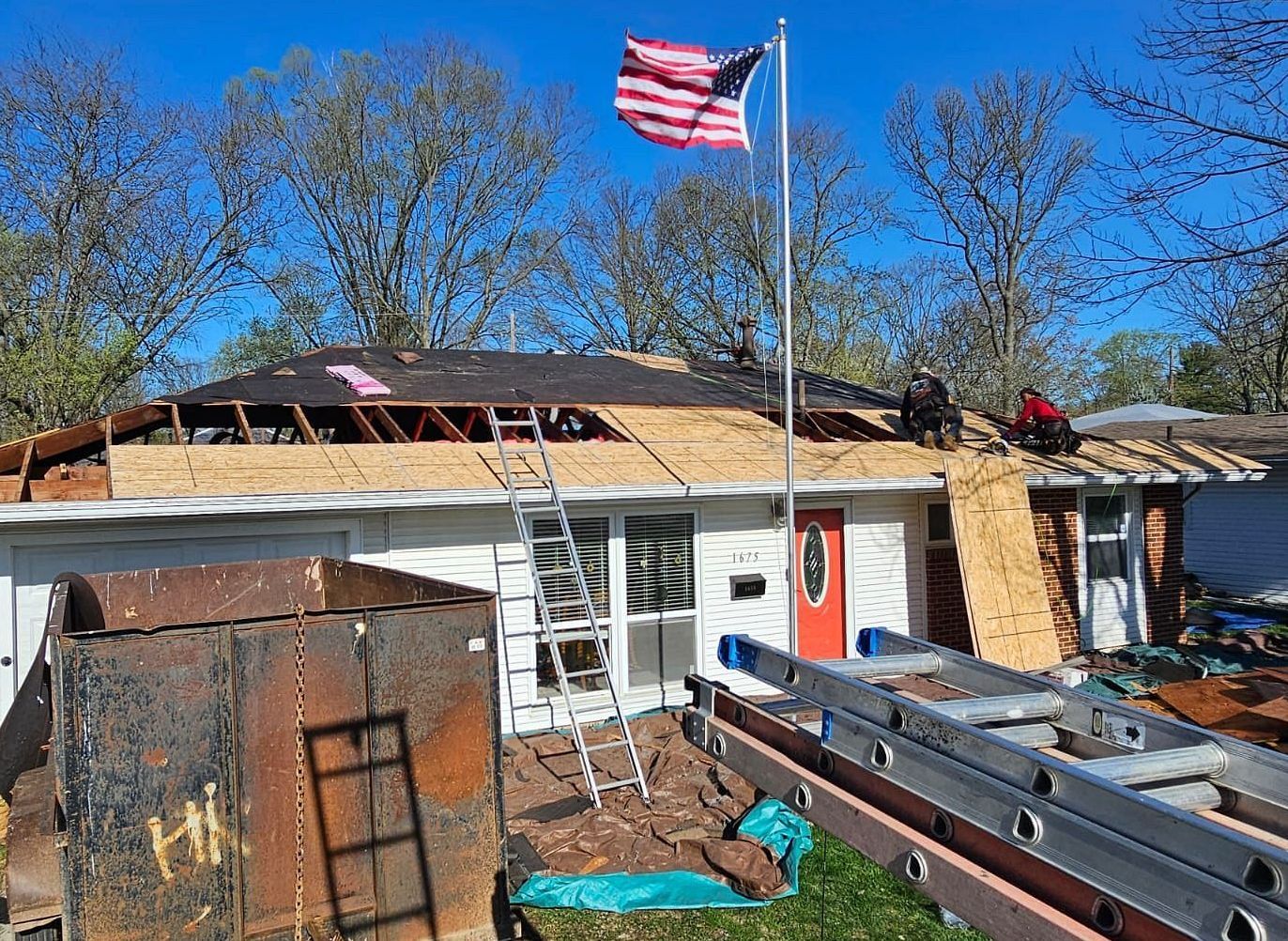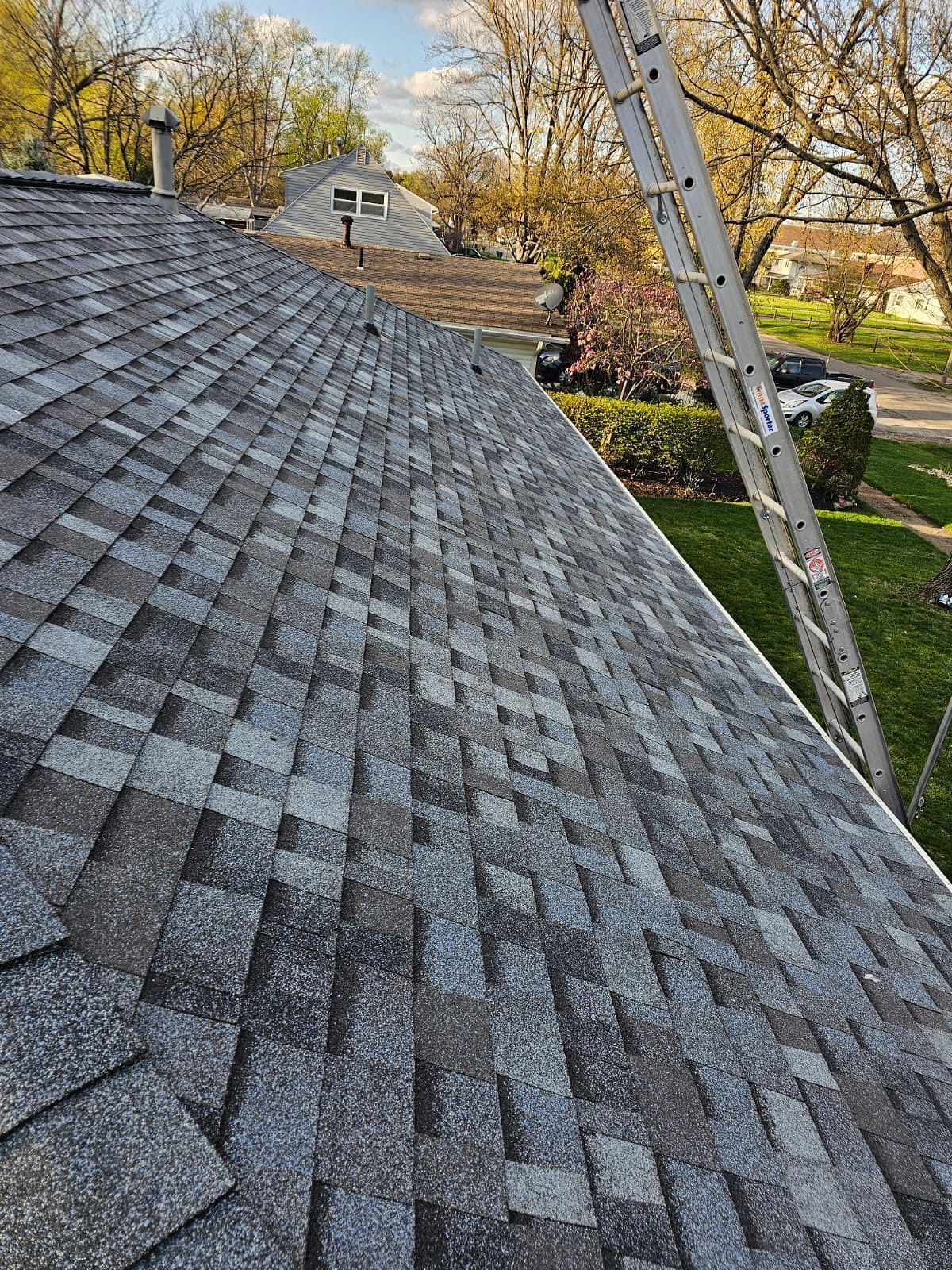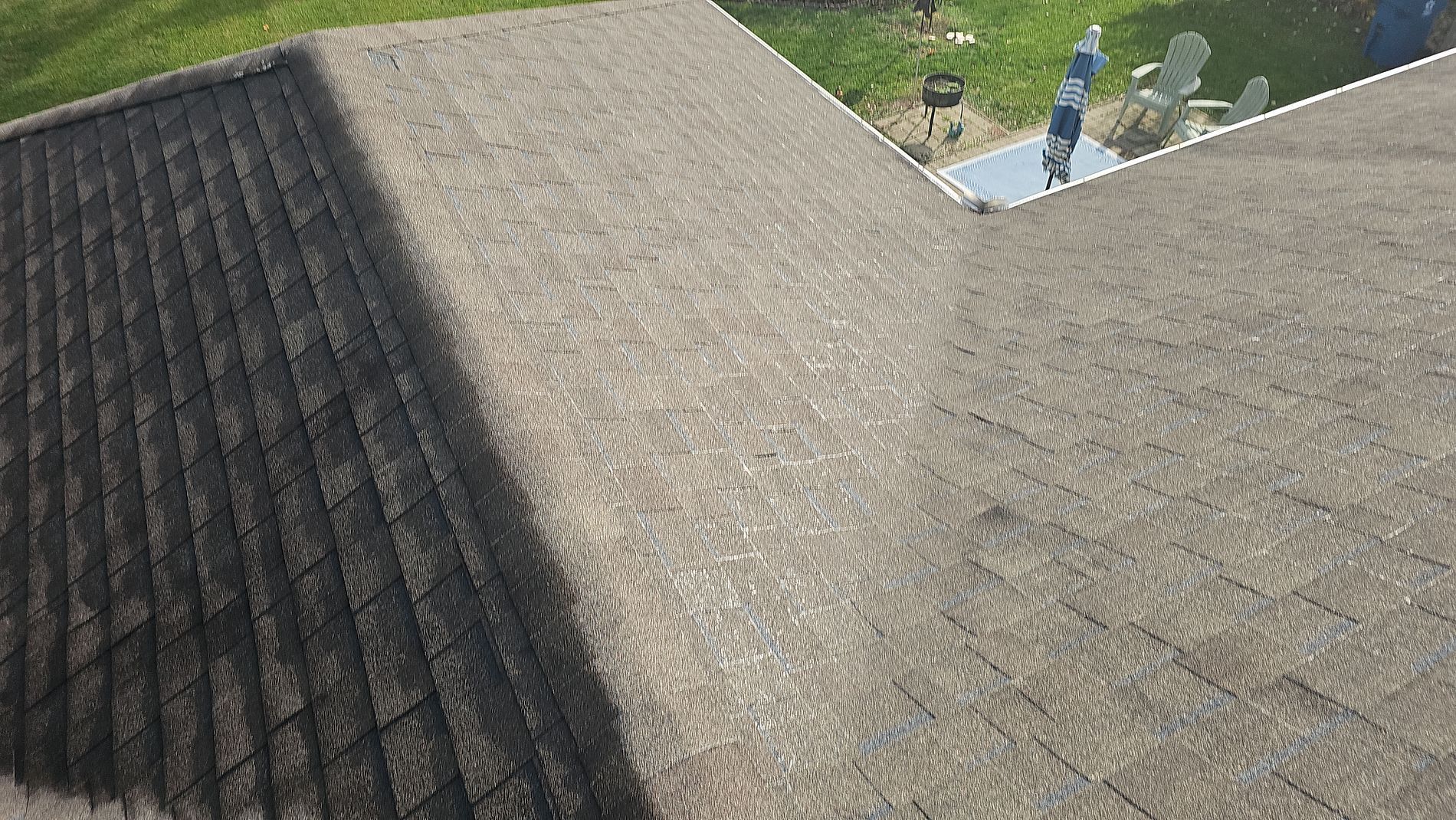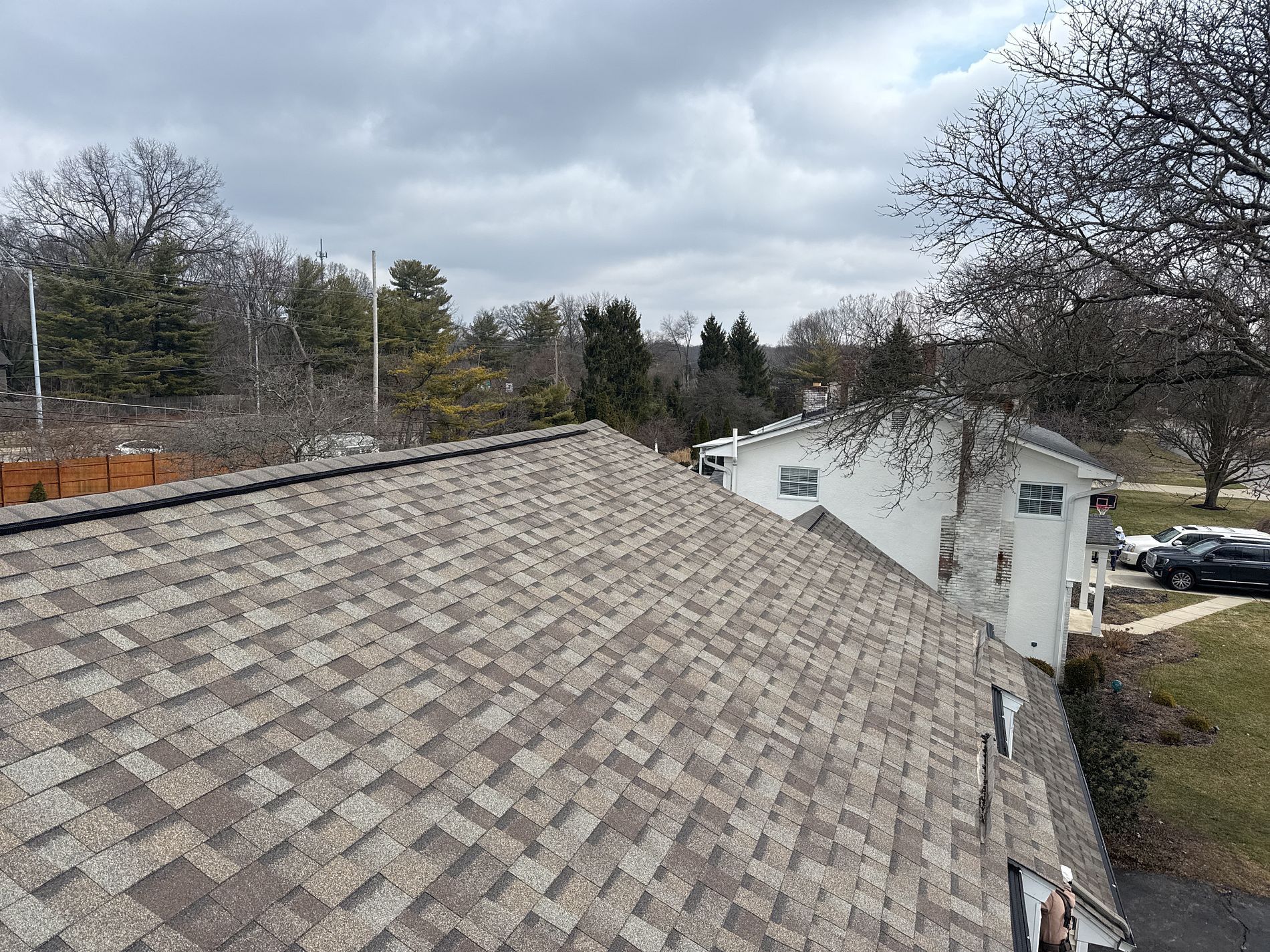Your roof is one of the most critical components of your home, protecting your family and belongings from the elements. A well-installed and maintained roof can enhance your home’s curb appeal, energy efficiency, and overall value. However, choosing the right contractor for the job is just as important as selecting high-quality roofing materials. For homeowners, hiring an Owens Corning Preferred Contractor ensures that your roofing project is handled by professionals with proven expertise, access to premium materials, and a commitment to industry-leading workmanship. This designation guarantees a level of quality and reliability that gives homeowners peace of mind.
What Is an Owens Corning Preferred Contractor?
An Owens Corning Preferred Contractor is a roofing professional who has met specific criteria set by Owens Corning, a leading manufacturer of roofing materials. These contractors are part of an exclusive network recognized for their commitment to service, reliability, and professional craftsmanship.
Requirements to Become an Owens Corning Preferred Contractor
To achieve the status of an Owens Corning Preferred Contractor, a roofing company must meet the following stringent criteria:
Proper Licensing and Insurance: Contractors must provide proof of licensing in their respective states and carry general liability and workers' compensation insurance to protect homeowners.
Demonstrated Financial Stability:
Owens Corning verifies that contractors have a solid business foundation to ensure reliability and trustworthiness.
Proven Track Record of Quality Work: Contractors must have a history of excellent craftsmanship and positive customer reviews.
Commitment to Ongoing Training:
Owens Corning requires Preferred Contractors to stay up to date with the latest roofing techniques and best practices through continued education.
Offer Owens Corning’s Extended Warranties:
Only Preferred Contractors can provide exclusive warranties backed by Owens Corning.
This designation signifies that the contractor is trusted by Owens Corning to install their products with the highest standards of excellence.
The Impact of an Owens Corning Preferred Contractor on Homeowners
Hiring an Owens Corning Preferred Contractor not only ensures expert craftsmanship but also directly benefits homeowners in multiple ways. Here’s how this designation impacts you:
Long-Term Cost Savings
A properly installed roof by a certified contractor reduces the risk of frequent repairs and premature replacements. Homeowners save money in the long run due to superior installation techniques and durable materials.
Enhanced Home Protection
With high-quality materials and expert installation, your roof is better equipped to withstand harsh weather conditions, reducing the likelihood of leaks, structural damage, and costly repairs.
Increased Energy Efficiency
Owens Corning Preferred Contractors have access to advanced roofing technologies, including energy-efficient shingles that help regulate indoor temperatures. This can lead to lower heating and cooling costs year-round.
Stronger Warranty Coverage
Preferred Contractors can offer Owens Corning’s extended warranties, which provide homeowners with additional coverage beyond standard manufacturer warranties. This ensures peace of mind and long-term protection.
Boosted Property Value
A well-installed roof using Owens Corning products adds significant value to your home. If you plan to sell in the future, a high-quality roofing system installed by a Preferred Contractor can be an attractive selling point.
Why Is It Important for a Contractor to Be Owens Corning Preferred?
Choosing a contractor with Owens Corning Preferred status is essential for ensuring a high-quality roofing installation. This certification is not just a title—it represents a commitment to excellence, reliability, and customer satisfaction. Here’s why it matters:
Verified Expertise and Professionalism
Owens Corning Preferred Contractors undergo rigorous screening and continuous training to stay updated with the latest roofing technologies and best practices. Their expertise ensures that your roofing project is completed with precision and professionalism.
Access to Superior Materials and Warranties
Preferred Contractors have exclusive access to Owens Corning’s high-performance roofing products and can offer extended warranties that are not available through non-certified contractors. These warranties provide long-term protection, ensuring your investment is secure.
Strict Adherence to Industry Standards
Owens Corning Preferred Contractors follow strict installation guidelines and industry standards to guarantee the durability and longevity of your roof. Their work meets or exceeds local building codes, providing an added layer of security for homeowners.
Increased Home Value and Curb Appeal
A properly installed roof using Owens Corning materials enhances your home's aesthetic appeal and increases its market value. Potential buyers recognize the value of a roof installed by a certified contractor, making it a worthwhile investment.
Benefits of Hiring an Owens Corning Preferred Contractor
Choosing an Owens Corning Preferred Contractor for your roofing needs comes with several key benefits:
Access to High-Quality Materials
Preferred Contractors have access to Owens Corning's premium roofing products, including industry-leading shingles, underlayment, and ventilation systems. These materials are known for their durability, performance, and aesthetic appeal, ensuring your roof not only looks great but also stands the test of time.
Extended Warranties
One significant advantage is the availability of extended warranties. Owens Corning Preferred Contractors can offer exclusive warranties that provide long-term protection for your investment, giving you peace of mind knowing that your roof is covered against potential issues.
Expertise and Professionalism
These contractors undergo regular training to stay updated on the latest roofing techniques and product advancements. This ongoing education ensures that they are equipped to handle various roofing challenges with professionalism and expertise.
Compliance with Local Building Codes
Navigating local building codes and regulations can be complex. Preferred Contractors are well-versed in the specific requirements of Columbus, Ohio, ensuring that your roofing project complies with all local standards and permits.
How to Verify if a Contractor Is Owens Corning Preferred
To ensure you're hiring a legitimate Owens Corning Preferred Contractor:
Visit the Owens Corning Website:
Use their contractor locator tool to find and verify Preferred Contractors in your area.
Ask for Documentation: Request proof of their Preferred Contractor status and any relevant certifications.
Check Reviews and References:
Look for customer reviews and ask for references to gauge their reliability and quality of work.
Owens Corning Roofing: Common Questions Answered
What makes Owens Corning Preferred Contractors different?
Owens Corning Preferred Contractors meet rigorous standards for professionalism, reliability, and craftsmanship, ensuring high-quality roofing installations.
Do Owens Corning shingles come in different styles and colors?
Yes! Owens Corning offers a variety of styles, colors, and textures to match your home’s aesthetic and improve curb appeal.
Can Owens Corning shingles improve my home’s energy efficiency?
Yes, Owens Corning offers ENERGY STAR®-rated shingles that help reduce heat absorption and improve your home’s overall energy efficiency.
How do I know if my roof needs replacement or just repairs?
A professional inspection by an Owens Corning Preferred Contractor can determine whether repairs will suffice or if a full roof replacement is necessary.
What is the process for getting a new roof installed?
Your contractor will start with an inspection, provide an estimate, help you choose materials, and then schedule and complete the installation efficiently and professionally.
How long do Owens Corning roofs typically last?
The lifespan of an Owens Corning roof depends on the type of shingles used and environmental factors, but most roofs last between 25 to 50 years with proper maintenance.
What advantages do Owens Corning shingles offer?
Owens Corning shingles are known for their durability, energy efficiency, algae resistance, and impact resistance, making them an excellent choice for homeowners.
Are financing options available through Owens Corning Preferred Contractors?
Many Owens Corning Preferred Contractors provide financing options to help homeowners manage the cost of a new roof. Be sure to ask your contractor about available payment plans.
What steps should I take to schedule a roofing inspection?
You can contact a local Owens Corning Preferred Contractor directly or visit their website to request a roofing inspection.
Making the Best Roofing Choice for Your Home
Investing in a new roof is a significant decision that impacts the safety, appearance, and value of your home. By choosing an Owens Corning Preferred Contractor, you ensure that your roofing project is handled with expertise, quality materials, and a commitment to excellence. This choice provides peace of mind, knowing that your roof is built to last and backed by robust warranties.
For more information on our roofing services and to schedule a consultation, visit our Residential Roof Replacements and Residential Roof Repairs pages.
